#czech cuisine
Text
More Paprikahendl (a bit, anyway)...
@blyddyn asked this:
@petermorwood , a question for you. About a fortnight ago, I made a Gulyas and with it I served Huskovy Knedlik, thinking about it the Huskovy would go well with Paprikahendl. What are your thoughts on this?
Since that accompanied the reblog of a long-ish post, any reply other than something terse like "Sounds fine to me!" would have made it even longer.
Terse would of course answer the question nicely, but terse doesn't work very well with questions like that - at least not for me - so the fuller (as will be anyone who eats these goodies) reply is here:
*****
I'll be honest and admit I didn't know what Huskovy Knedlik were, until I looked them up and realised I do know them after all, by another name: Brotknödel (bread dumplings).
After learning that, IMO knedlik would go very well indeed with Paprikahendl, or indeed with any dish that has a rich gravy or sauce needing chased and mopped up to the last savoury drop. :->
By either name, they're a dumpling of flour, yeast, butter, eggs and milk made either round or in a fat sausage shape, poached in water or stock. The round ones are served whole, the long ones are sliced before serving.
On the right is a Czech huskový knedlík (Google translates it as "bun dumpling") while on the left is a German Böhmischer Serviettenknödel (Bohemian napkin dumpling).


Other versions use - indeed, ask for - yesterday's stale bread or rolls, cubed and fried golden then mixed with herbs, or bits of bacon, or chopped onion, and combined with the other dumpling ingredients before being wrapped to hold everything together during cooking.
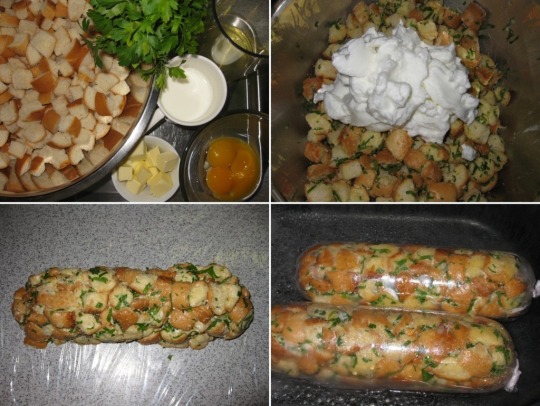
This wrapper can be a piece of cloth, hence "napkin dumpling", though nowadays - as the photo shows - it's as likely to be cling-film.
The "clooty dumpling" of Discworld's Ankh-Morpork and the "clootie dumpling" of Thisworld's Scotland both get their names the same way - they're a cloth-y dumpling.
Simpler versions with fewer bits to fall off can be cooked without a wrapper, in a saucepan on the hob or, using a double-pan arrangement, water in a large pan and dumpling in a smaller then everything into the oven.
The slicing can be done with a knife, or with a piece of kitchen twine.
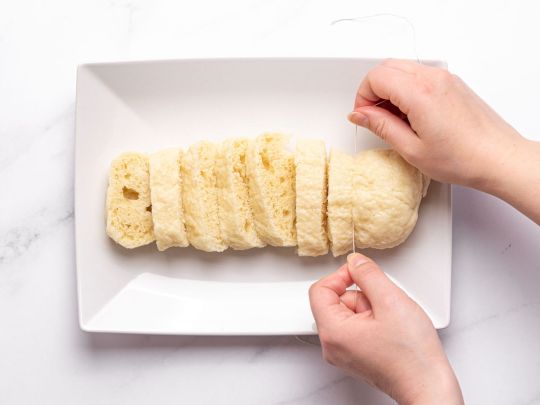
Here are a couple of English-language recipes. (One) (Two)
Ireland is currently sitting in the tag-end of another heatwave, but I can hear the initial rumbles and peas-on-the-roof rain of the thunderstorms that are supposed to end it, meaning autumn and hearty food is closer than it was last week.
So here's inspiration: Knedlik with goulash and raw onion garnish alongside Knödel with sauerbraten, capers (per @kommgehwech, they're raisins. Thanks!) and red cabbage.

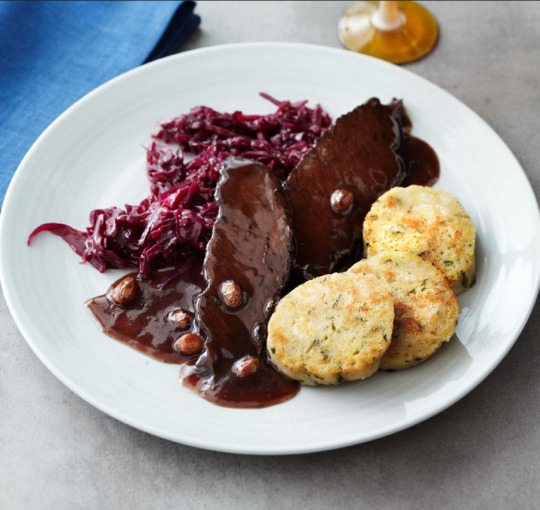
Yum...
#food and drink#goulash#gyulas#paprika hendl#knedlik#knoedel#dumplings#Czech cuisine#clooty dumpling#Scotland#Discworld#GNU Terry Pratchett
79 notes
·
View notes
Text

Vegan Palacinky (Sweet Crepes)
#vegan#breakfast#brunch#slovak cuisine#czech cuisine#central european cuisine#crepes#pancakes#palacinky#whole wheat#rice flour#plant milk#strawberries#blueberries#date syrup#sparkling water#sea salt
40 notes
·
View notes
Text
Kingsglaive - What food I would serve them (Czech cuisine)
Our cuisine is heavy one and influenced by other countries. If you look at our history, you would understand why :)
Nyx Ulric: Schnitzel (or carp) with potato salad
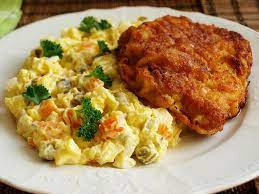
Libertus Ostium: Sirloin sauce with dumplings
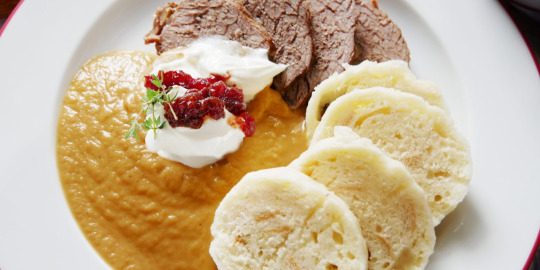
Crowe Altius: Fruity dumplings
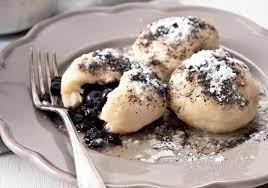
Pelna Khara: Pepper filled by meat with Tomato sauce

Luche Lazarus: Dill sauce with dumplins and meat ( I don´t like this one at all) Yep, I am still pissed at you Luche Douche :(

Tredd Furia: Liver sauce ( I am supposed to eat this one cuz anemia, but .... nope) You´re also not forgiven, Flamey
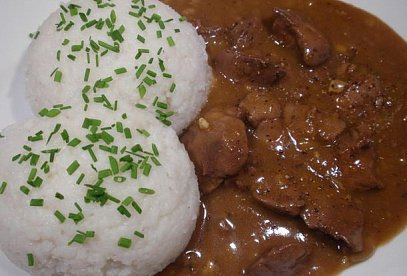
Axis Arra: Chicken soup with noodles ( That´s actually a comfort food)
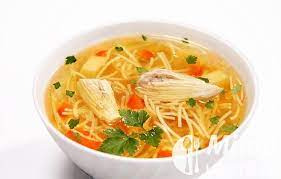
Sonitus Bellum: Beef goulash
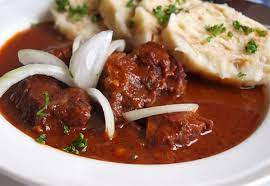
Titus Drautos: Roasted knee with horseradish and cabbage
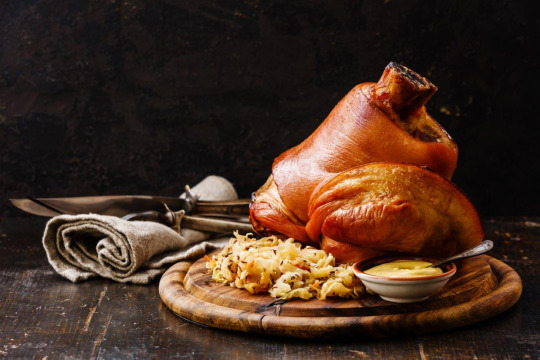
#ffxv kingsglaive#nyx ulric#libertus ostium#crowe altius#pelna khara#luche lazarus#tredd furia#axis arra#sonitus bellum#titus drautos#czech cuisine#I though it was funny
14 notes
·
View notes
Text
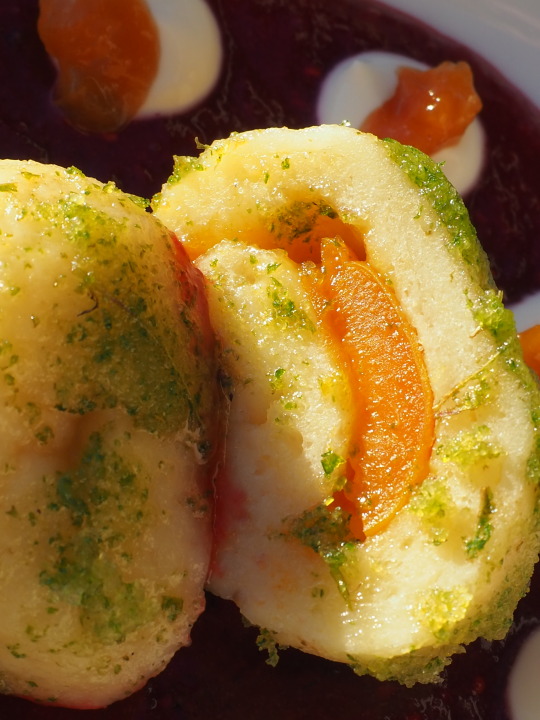
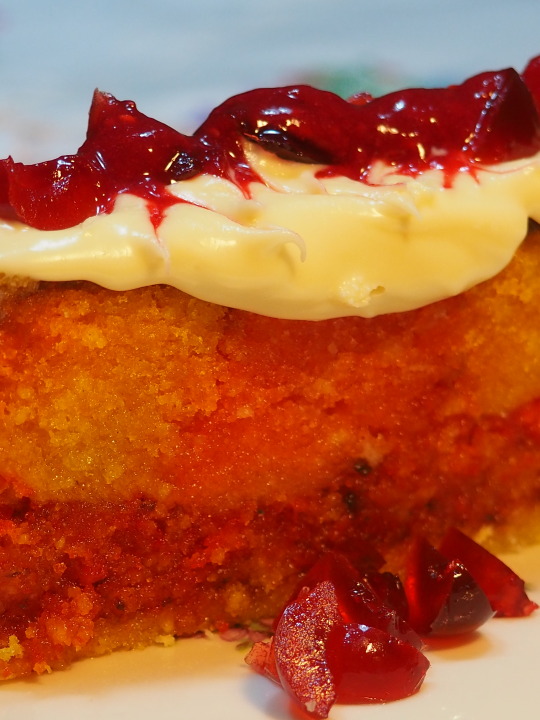
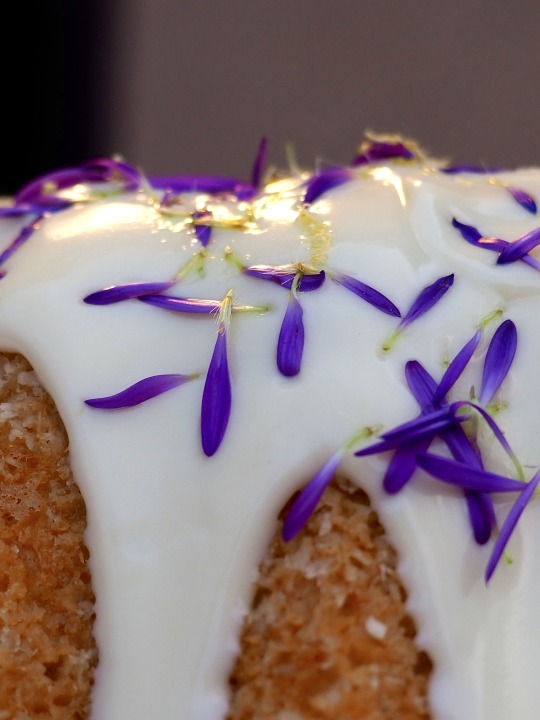


Beauty is the taste
Vivid celebration of Czech cuisine, a significant part of our cultural heritage
7 notes
·
View notes
Text
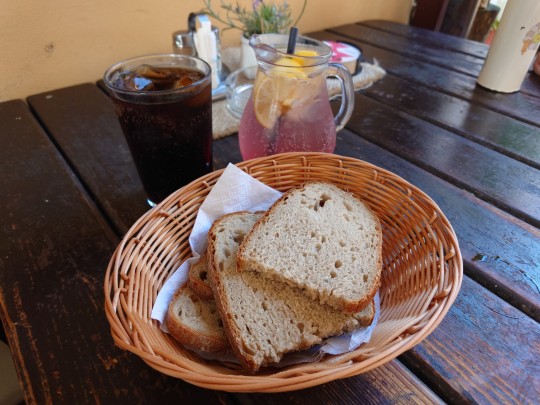
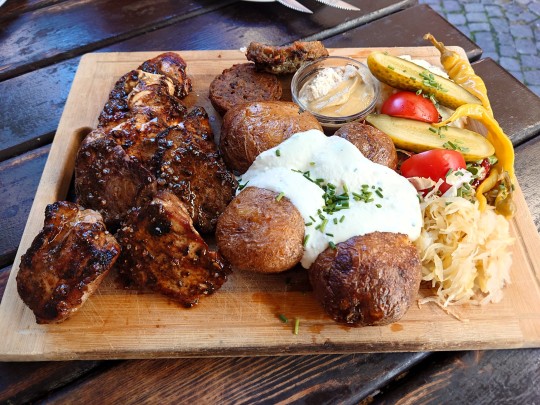
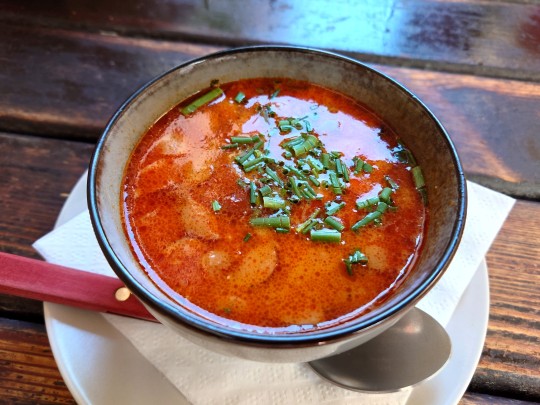
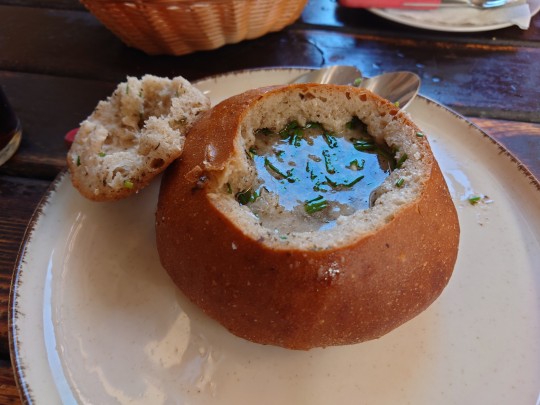
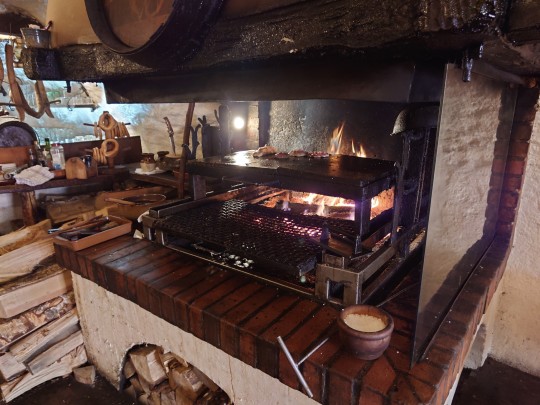
we had lunch at this famous BBQ restaurant...they also offered many traditional Czech dishes, the garlic soup for example...the meat grilled on charcoal guaranteed the flavour and we loved it...no wonder our friend dined here two times during her stay...
4 notes
·
View notes
Text
kofola is good drink because it has the vibes of a beer without being beer. and also they're not afraid to try out weird flavours. raises my keg of rum flavour kofola
#sorry this is a niche post im a kofola appreciation account#i haven't been able to find the apricot flavoured kofola though... where did it go#unrelated to kofola but related to czech cuisine. im thankful for a culture that understands that a meal can be a slab of cheese#i didn't realize grilled cheese was a sandwich for years because. smažák exists#sometimes u should just grill a cheese. genius in its simplicity
9 notes
·
View notes
Text
I realized that Tex-Mex cuisine is probably what many people think Mexican cuisine is. "Real" Mexican cuisine (for lack of better word) does not use fuck tons of cheese, that's one notable difference.
#Tex-Mex cuisine basically evolved from northern Mexican cuisine but there's some notable differences in ingredients#as a result of being within the USA and cultural exchange with Anglos Germans Czechs etc#I think when most people think of ''Mexican food'' they think of food that involves a lot of cheese.
9 notes
·
View notes
Text
Cooler weather always makes me yen for Czech food. This is one of my favorite online resources.
Check out my Czech cuisine tag for lots more about Czech food.
55 notes
·
View notes
Text
i love you farro i love you buckwheat i love you millet i love you barley groats
0 notes
Text

Vegan Blueberry Kolaches (Gluten-Free)
#vegan#gluten free#desserts#cookies#slovak cuisine#czech cuisine#kolaches#blueberries#flax seeds#oats#buckwheat flour#plant milk#potato starch#yeast#applesauce#lemon#maples yrup#sea salt
41 notes
·
View notes
Text
I know the Food Appropriation Discourse only really happens in earnest when it comes to jews but people really need to stop and think how stupid it is to expect that mizrahim and sephardim not eat the food of the countries they’ve lived in for centuries. Should we forbid goys from having bagels in return?
But as an aside, there’s no such thing as a cuisine without outside influence. Modern mexican tacos would not exist without ottoman immigrants refining them. Mexicans eat schnitzel (we call it milanesa) all the time; quesadillas wouldn’t exist without spanish influence. Mexican pastries, like churros (which originated in spain), drinks like beer (mexican beer industry was started by german and czech immigrants), pasties (english and cornish immigrants), they’re all hybrids.
Vanilla, corn, chocolate, and tomatoes (among other things) are from mexico but it’d be monumentally stupid to go after everyone claiming those ingredients as local specialties; no more madagascar vanilla, no swiss chocolate, no more italian tomato based foods?
Let’s try other cuisines: tempura would not exist in japan if it weren’t for the portuguese, and they also wouldn’t have ramen (the name lit means chinese noodles and it’s a 20th century recipe), curry (indian, introduced by british sailors), or all the french desserts promoted as kawaii. Potatoes are peruvian but they play a massive part in indian and european dishes; or all the american dishes whose origins are entirely foreign.
But we don’t actually see people getting mad unless it has to do with jews. They straightforwardly use language and rhetoric painting jews as vultures. American goys readily play into their own ignorance and only think about jews as funny new yorkers from eastern europe they see on tv who eat bagels and bad meat (the demonisation of ashkenazi cuisine also plays a large part); goys from the middle east drop the pretense of having always loved their jewish people to claim that jews who left for israel (which they also don’t want to acknowledge) eating foods like hummus and falafel is thievery.
Nowhere is ignorance and inflamed nationalism more apparent in few discussions like whether jews have the right (the right!) to eat anything at all without once again being attacked for it.
271 notes
·
View notes
Text
Mushrooms in Cream Sauce...
...or Pilze in Sahnesoße.
This is for @killerblackberrypie, who went looking for the version on our "European Cusines" site and found the site gone.
@dduane had taken it down for maintenance, a new theme and to take some new photos, but while the site was down it web-provider went belly-up. These things happen.
"European Cuisines" Will Return - just not quite yet.
Our recipe was, ironically, one of the recipes slated for new pics, so while this text is from the site's offline backup (with a couple of tweaks from me, because why not?) photos are sourced from the web.
There are many, many other recipes online; they're mostly in German, but Google Translate handles Rezeptedeutch well enough. I've linked to a couple, which is only fair since I'm using their pix.
You'll also see the French word "champignons" in German recipes as often as German "Pilze"; I don't know whether this indicates a French origin for the recipe, or refers to a specific mushroom, or makes the dish sound more classy.
Here's one: Champignons in Sahnesauce mit Spätzle.

And here's ours...
*****
Pilze in Sahnesoße from European Cuisines.
Contrary to popular belief, Germany is not a vegetable-free zone.
In fact, unless you find yourself buried in some tiny backwater in the Black Forest or someplace similar, Germany is much kinder to both vegetable-lover and vegetarian than a lot of other places. It will be rare to find a menu that doesn't have at least a few vegetarian or at least mostly-vegetable options on it, often far more creative than you might expect.
But leaving aside for the moment the issue of vegetarianism per se, Germans really do like more vegetables than potatoes and cabbage, especially seasonal ones in their prime. Asparagus season, for instance, has its own name: Spargelzeit - "asparagus time".
And mushrooms (all right, not as true veggies, but at least as fungi) turn up as stars in many entreés, especially in dishes meant to be served in the autumn, "Pilzsaison", mushroom season, when the good little creatures are coming up all over in the woods and the supermarkets.
This recipe calls for the mushrooms to be sautéed with onions in bacon fat (the bacon is added later). The pan is then deglazed with white wine, and various spices are added, one of them being paprika, which instantly suggests that this recipe probably sneaked over the border from Austro-Hungary, possibly via the Czech Republic.
Finally the cream and bacon go in.
The result is substantial, surprisingly elegant, and yummy.
This is definitely a recipe for a high-end Hobbit menu: an entrée for anyone who doesn't want their mushrooms upstaged by overly large amounts of meat.
The bacon-fat and bacon CAN be left out completely, making the dish meat-free. Use more butter along with more mushrooms and a red pepper diced small, and add 1/4 teaspoon smoked paprika.
*****
INGREDIENTS
NB, we work in metric so that's "correct"; Imperial is converted and "approximate", though it won't make much difference. Just don't combine them or your mushrooms might crash into Mars...
1 kg / 2 lb fresh mushrooms, domesticated or a mixture of wild types to taste
125g / 1/4 pound bacon, diced
60gr 1/4 cup butter or margarine
2 large onions, diced
1/2 teaspoon salt
1/4 teaspoon pepper
1/2 teaspoon paprika
60ml / 1/4 cup (or more if needed to deglaze) white wine, preferably a medium or medium-dry one
A pinch of nutmeg
A pinch of mace
250ml / 1 cup heavy cream
The juice of half a medium-sized lemon, strained
2 sprigs of fresh parsley
METHOD
Clean the mushrooms with a soft brush or dry cloth. (Never wash mushrooms.) If they're big, cut them in half.
Fry the bacon in a wok or large pan until lightly browned. Remove the bacon from the pan and set it aside.
Add the butter to the pan drippings. Add the onions; sauté until lightly browned.
Add the mushrooms; cook them until they're tender, stirring often.
When they're tender, raise the heat slightly and stir in the wine, salt, pepper, paprika, nutmeg, and mace. Cover the pan and cook over low heat for 15 minutes.
Remove from the heat. Add the cooked bacon, cream and lemon juice. Reheat until just warm. Do NOT let this mixture boil!!!
Garnish with parsley and serve with noodles, dumplings, mashed potatoes, whole potatoes... And some crusty bread to chase the last of the sauce.
*****
Our original photo used Spätzle, as in the first pic. Ribbon tagliatelle works just fine as well, while here is Saure Pilz-Sahnesoße served alongside Bohemian Dumplings, a long bread dumpling boiled in water or stock then cut into thick slices.
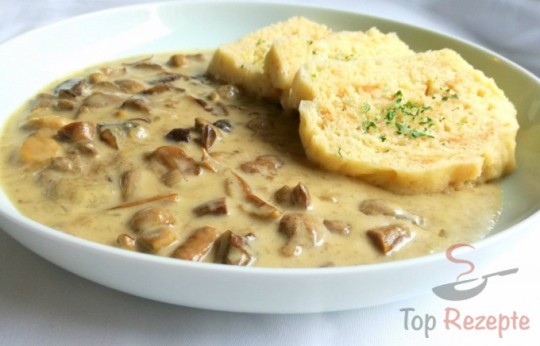
From the same site, here's a simple potato treatment, Pilz-Sahnesoße mit Kartoffeln:
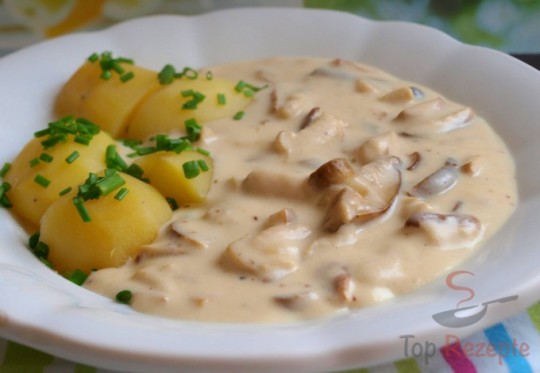
As far as we've been able to make out, the main difference between mushrooms in cream sauce as a main dish, and creamy mushroom sauce for use with something else, is the proportion of mushrooms to everything else, and often the size of pieces into which they're cut. Really small bits are one more ingredient, large generous chunks are much more front and centre.
Ours is definitely a main course, and though we haven't made it for a while, the memory of that last time still makes my Mind Palate go...

Soon. Soon...
95 notes
·
View notes
Text
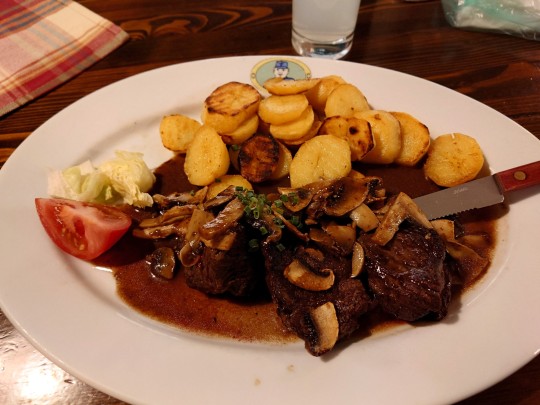
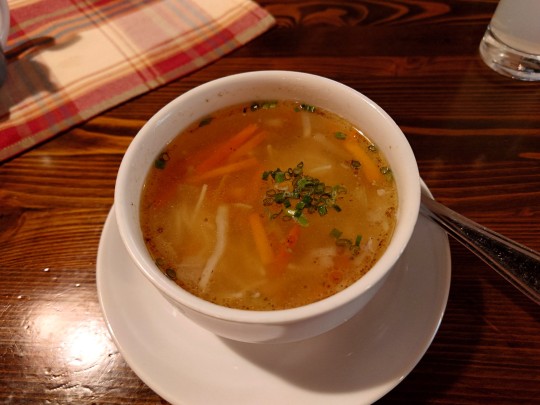


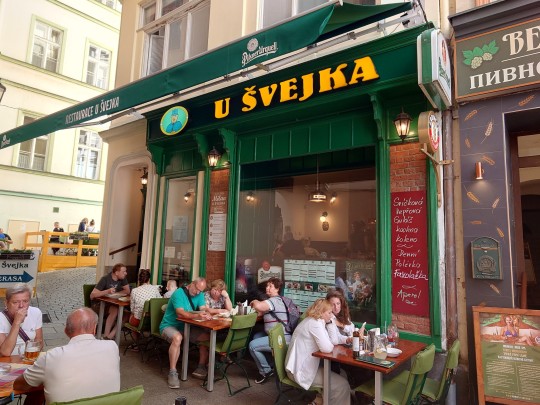
I knew it was rude, but the service person didn't speak English and we couldn't speak Czech, so Jill & I used German, and it worked!!!
3 notes
·
View notes
Text

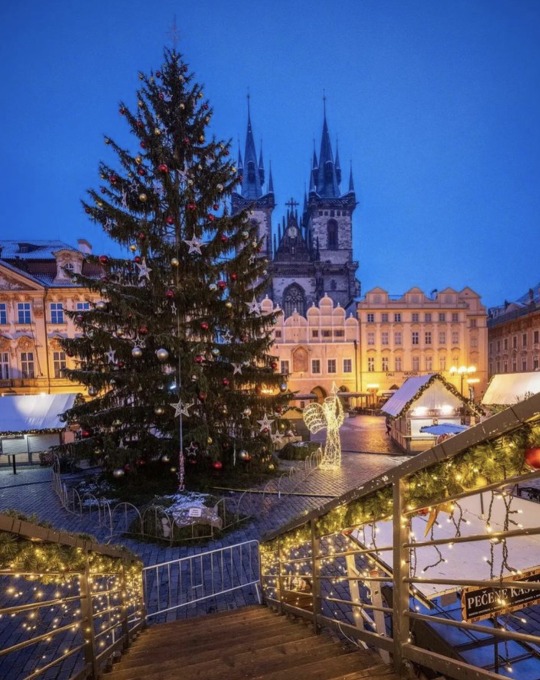








📍Prague, Czech Republic
Experience the enchanting winter holiday season in Prague,captured beautiful by 📸@peter.cech.photography.
Prague the capital of the Czech Republic transforms into a winter fairy tale with its stunning architecture and festive decorations.
The city's Christmas markets, particularly the one in Old Town Square, are a highlight of the season. Traditional wooden stalls offer everything from handmade gifts to warm, spiced mulled wine and trdelník, a local sweet pastry.
Prague's historic landmarks, such as Prague Castle and Charles Bridge, are decorated with lights, adding to the magical atmosphere. The city's Gothic and Baroque architecture provides a picturesque backdrop for the festive season. Enjoy the sounds of Christmas carols and classical music concerts filling the air in churches and concert halls, enhancing the city's festive spirit. Stroll along the Vltava River or the snow-covered streets to fully appreciate Prague's winter charm. City parks, such as Petřín Hill, become peaceful spots to enjoy the snowy scenery.
Il Indulge in Czech winter cuisine, known for its hearty and comforting dishes, in the cozy warmth of Prague's cafes and restaurants.
#lifestyle#myuploads#aesthetic#travel#travelingare#photography#architecture#winter#christmas#prague#czech republic
43 notes
·
View notes
Text
ahoj pampelišky! hello dandelions! today, i would like to write something about
❊❀❁the 5 parts of the south bohemian region❁❀✽
each has its own rich and unique culture, cuisine and clothing. i hope you enjoy!
so first, here's a little map:

source here
the red texts are the names of the parts. (if you have no clue what or where this piece of land is or how big it is, here it is on google maps.)
so first, i would like to introduce you the moust southern region,
❀Doudlebsko
the name itself cannot be translated, as the land is literally named after a slavic tribe called Doudlebové (the Doudlebs), that lived here sometime in 6. - 7. century AC. theres even a fricking village named after them! they also lived in Slovenia and Ukraine.
The region was never very rich, 'cause there's quite a lot of mountains and stuff, so farming isn't too easy here. instead, there were lots of craftsmen - glassmakers, weavers, lace makers. people also cut wood since most of the region is even nowadays covered with forests. because of that, the traditional clothing is - compared to other regions - very simple. but im probably going to post lots of stuff about clothing in the future, so i dont want to get into that very much rn.
❀Blata
the name is literally translated as ,,the Muds" or better, ,,the Morasses". and its very honest tbh. the land is very flat, fertile and wet. there were lots of swamps in here, but the economy ruined the most of them (mostly in the 19. century) because they mined peat and used it in the glass shops as fuel.
the land was very rich compared to Doudlebsko, and that influenced the clothing. it is very rich and colorful, with lots of layers and embroideries.
❀Táborsko/Kozácko
A small, not very important region around the town Tábor. The clothing is pretty influenced by the middle bohemian culture, but still has its own unique traits. my favourite item from the traditional dress is a white apron with little embroidered red flowers.
ok im pretty tired already, so im going to write abt the other parts later. id also like to tell you a few cute czech idioms soon :)
anyway
have a sunny day☼
byee♡✽
#čumblr#obrozujeme#slavic history#slavic representation#slavic culture#slavic#czech culture#bohemia#bohemian culture#bohemian#south bohemia
58 notes
·
View notes
